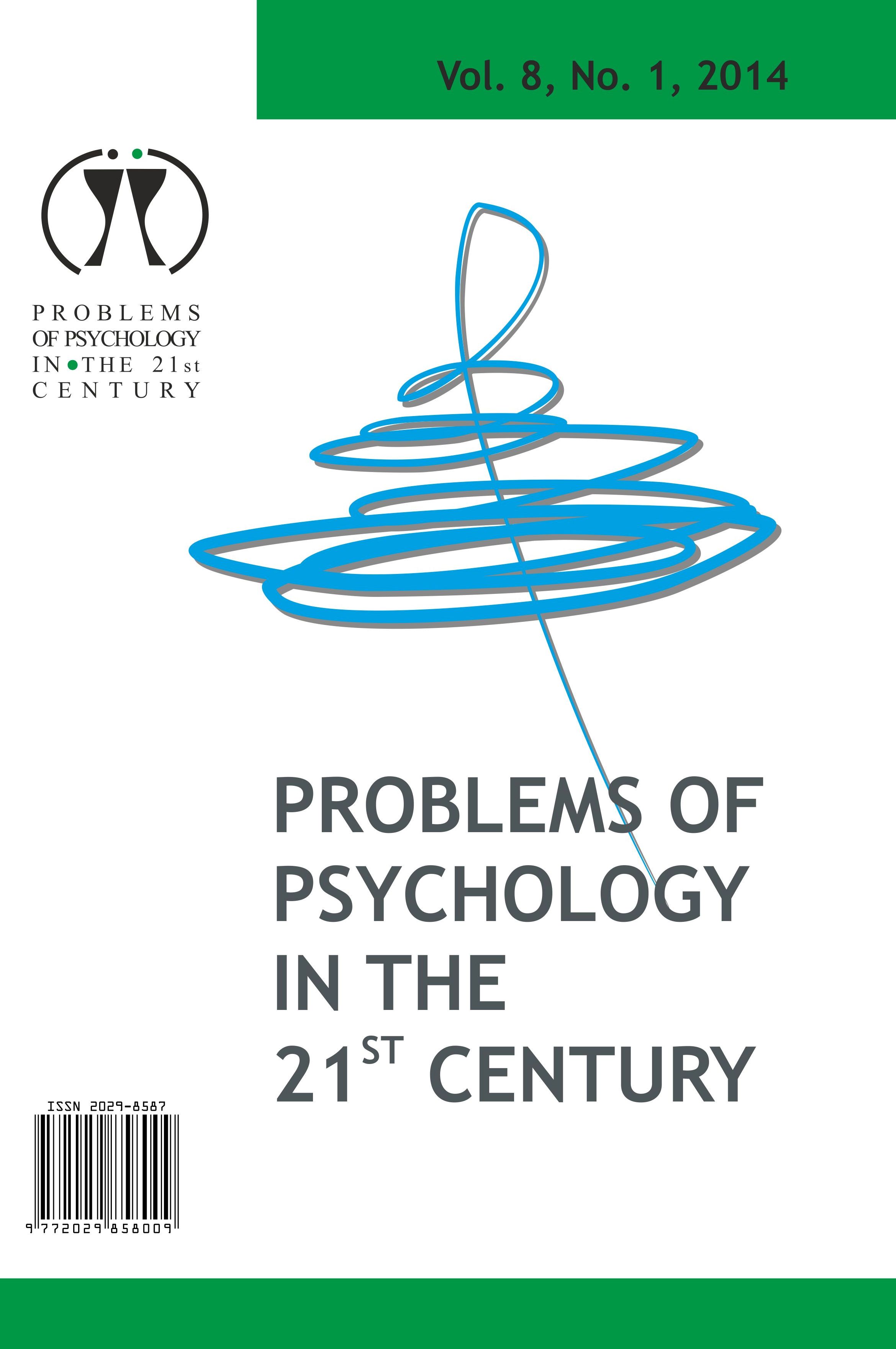PREDICTING ACADEMIC ACHIEVEMENT: THE ROLE OF MOTIVATION AND LEARNING STRATEGIES
PREDICTING ACADEMIC ACHIEVEMENT: THE ROLE OF MOTIVATION AND LEARNING STRATEGIES
Author(s): Juliana Beatriz Stover, Agustín Freiberg Hoffmann, Guadalupe de la Iglesia, Mercedes Fernández LiporaceSubject(s): Psychology, Higher Education
Published by: Scientia Socialis, UAB
Keywords: academic achievement; learning strategies; motivation; students;
Summary/Abstract: The aim of this study consists in testing a predictive model of academic achievement including motivation and learning strategies as predictors. Motivation is defined as the energy and the direction of behaviors; it is categorized in three types of motivation –intrinsic, extrinsic and amotivation (Deci & Ryan, 1985). Learning strategies are deliberate operations oriented towards information processing in academic activities (Valle, Barca, González & Núñez, 1999). Several studies analysed the relationship between motivation and learning strategies in high school and college environments. Students with higher academic achievement were intrinsically motivated and used a wider variety of learning strategies more frequently. A non-experimental predictive design was developed. The sample was composed by 459 students (55.2% high-schoolers; 44.8% college students). Data were gathered by means of sociodemographic and academic surveys, and also by the local versions of the Academic Motivation Scale –EMA, Echelle de Motivation en Éducation (Stover, de la Iglesia, Rial Boubeta & Fernández Liporace, 2012; Vallerand, Blais, Briere & Pelletier, 1989) and the Learning and Study Strategies Inventory –LASSI (Stover, Uriel & Fernández Liporace, 2012; Weinstein, Schulte & Palmer, 1987). Several path analyses were carried out to test a hypothetical model to predict academic achievement (Kline, 1998). Results indicated that self-determined motivation explained academic achievement through the use of learning strategies. The final model obtained an excellent fit (χ2=16.523, df= 6, p=0.011; GFI=0.987; AGFI=0.955; SRMR=0.0320; NFI=0.913; IFI=0.943; CFI=0.940). Results are discussed considering Self Determination Theory and previous research.
Journal: Problems of Psychology in the 21st Century
- Issue Year: 8/2014
- Issue No: 1
- Page Range: 71-84
- Page Count: 14
- Language: English

